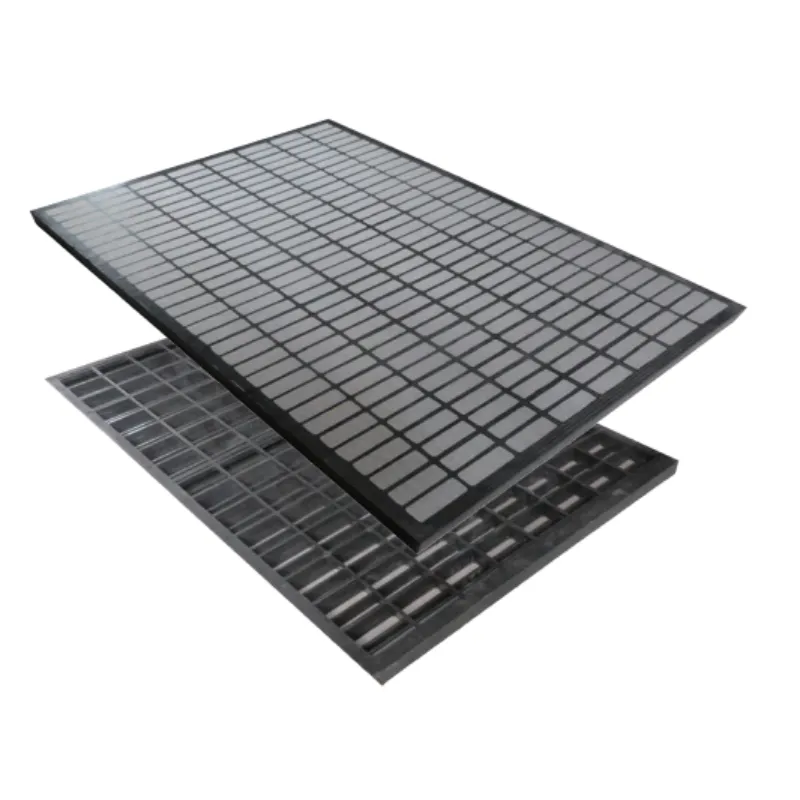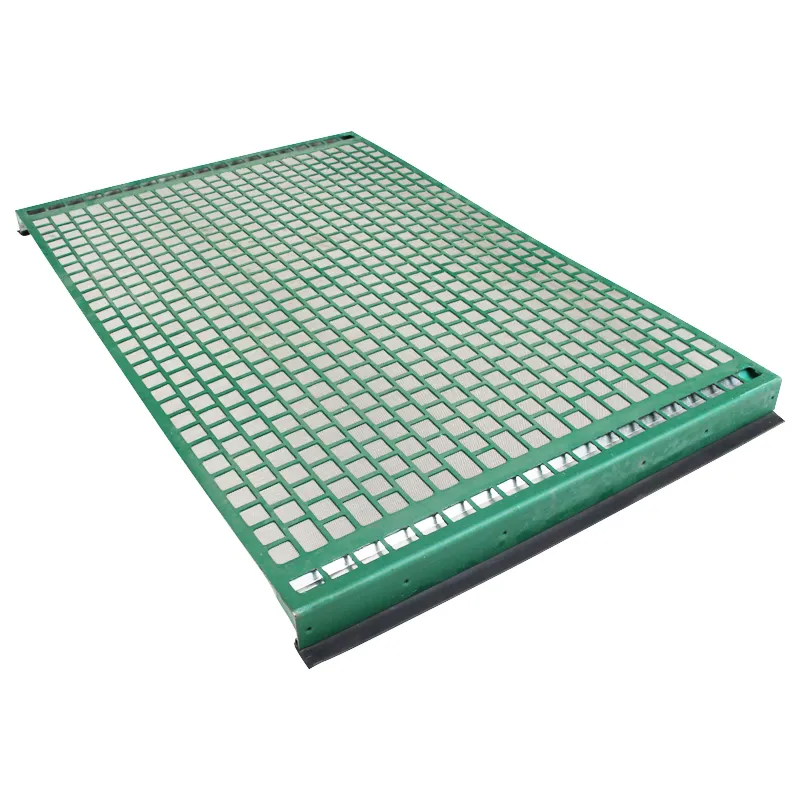- Industrial zone, South of Anping Town, Hengshui, Hebei, China.
- sales@hfpetromesh.com
- +86-18931809706
 Afrikaans
Afrikaans  Albanian
Albanian  Amharic
Amharic  Arabic
Arabic  Armenian
Armenian  Azerbaijani
Azerbaijani  Basque
Basque  Belarusian
Belarusian  Bengali
Bengali  Bosnian
Bosnian  Bulgarian
Bulgarian  Catalan
Catalan  Cebuano
Cebuano  Corsican
Corsican  Croatian
Croatian  Czech
Czech  Danish
Danish  Dutch
Dutch  English
English  Esperanto
Esperanto  Estonian
Estonian  Finnish
Finnish  French
French  Frisian
Frisian  Galician
Galician  Georgian
Georgian  German
German  Greek
Greek  Gujarati
Gujarati  Haitian Creole
Haitian Creole  hausa
hausa  hawaiian
hawaiian  Hebrew
Hebrew  Hindi
Hindi  Miao
Miao  Hungarian
Hungarian  Icelandic
Icelandic  igbo
igbo  Indonesian
Indonesian  irish
irish  Italian
Italian  Japanese
Japanese  Javanese
Javanese  Kannada
Kannada  kazakh
kazakh  Khmer
Khmer  Rwandese
Rwandese  Korean
Korean  Kurdish
Kurdish  Kyrgyz
Kyrgyz  Lao
Lao  Latin
Latin  Latvian
Latvian  Lithuanian
Lithuanian  Luxembourgish
Luxembourgish  Macedonian
Macedonian  Malgashi
Malgashi  Malay
Malay  Malayalam
Malayalam  Maltese
Maltese  Maori
Maori  Marathi
Marathi  Mongolian
Mongolian  Myanmar
Myanmar  Nepali
Nepali  Norwegian
Norwegian  Norwegian
Norwegian  Occitan
Occitan  Pashto
Pashto  Persian
Persian  Polish
Polish  Portuguese
Portuguese  Punjabi
Punjabi  Romanian
Romanian  Russian
Russian  Samoan
Samoan  Scottish Gaelic
Scottish Gaelic  Serbian
Serbian  Sesotho
Sesotho  Shona
Shona  Sindhi
Sindhi  Sinhala
Sinhala  Slovak
Slovak  Slovenian
Slovenian  Somali
Somali  Spanish
Spanish  Sundanese
Sundanese  Swahili
Swahili  Swedish
Swedish  Tagalog
Tagalog  Tajik
Tajik  Tamil
Tamil  Tatar
Tatar  Telugu
Telugu  Thai
Thai  Turkish
Turkish  Turkmen
Turkmen  Ukrainian
Ukrainian  Urdu
Urdu  Uighur
Uighur  Uzbek
Uzbek  Vietnamese
Vietnamese  Welsh
Welsh  Bantu
Bantu  Yiddish
Yiddish  Yoruba
Yoruba  Zulu
Zulu
- Afrikaans
- Albanian
- Amharic
- Arabic
- Armenian
- Azerbaijani
- Basque
- Belarusian
- Bengali
- Bosnian
- Bulgarian
- Catalan
- Cebuano
- Corsican
- Croatian
- Czech
- Danish
- Dutch
- English
- Esperanto
- Estonian
- Finnish
- French
- Frisian
- Galician
- Georgian
- German
- Greek
- Gujarati
- Haitian Creole
- hausa
- hawaiian
- Hebrew
- Hindi
- Miao
- Hungarian
- Icelandic
- igbo
- Indonesian
- irish
- Italian
- Japanese
- Javanese
- Kannada
- kazakh
- Khmer
- Rwandese
- Korean
- Kurdish
- Kyrgyz
- Lao
- Latin
- Latvian
- Lithuanian
- Luxembourgish
- Macedonian
- Malgashi
- Malay
- Malayalam
- Maltese
- Maori
- Marathi
- Mongolian
- Myanmar
- Nepali
- Norwegian
- Norwegian
- Occitan
- Pashto
- Persian
- Polish
- Portuguese
- Punjabi
- Romanian
- Russian
- Samoan
- Scottish Gaelic
- Serbian
- Sesotho
- Shona
- Sindhi
- Sinhala
- Slovak
- Slovenian
- Somali
- Spanish
- Sundanese
- Swahili
- Swedish
- Tagalog
- Tajik
- Tamil
- Tatar
- Telugu
- Thai
- Turkish
- Turkmen
- Ukrainian
- Urdu
- Uighur
- Uzbek
- Vietnamese
- Welsh
- Bantu
- Yiddish
- Yoruba
- Zulu
Heavy-Duty Steel Floor Grating - High Strength & Durable for Industry
- Understanding the Critical Role of Industrial Floor Grating Solutions
- Technical Advantages and Performance Specifications of Steel Grating
- Material Science: How Steel Composition Impacts Load Capacity
- Leading Manufacturer Comparison Across Product Lines
- Custom Engineering Options for Project-Specific Requirements
- Case Study Analysis: Performance in Extreme Environments
- Implementing Heavy Duty Steel Floor Grating Systems Safely

(floor grating steel)
Understanding the Critical Role of Floor Grating Steel
Industrial flooring solutions fundamentally rely on engineered steel grating systems for structural integrity and safety. Floor grating steel provides unparalleled load distribution across manufacturing facilities, energy plants, and transportation infrastructure. Modern heavy duty steel floor grating withstands concentrated loads exceeding 1,500 lbs/sq ft while maintaining 45% minimum open area for drainage. Compared to alternative materials, galvanized steel grating offers 3.7 times longer service life in corrosive environments. The strategic diamond-shaped contact points in press-locked designs create friction coefficients above 0.85, eliminating slip hazards even with oil exposure.
Technical Advantages and Performance Specifications
High-performance steel grating systems incorporate innovative bearing bar configurations that achieve I-beam strength characteristics while reducing material weight. Standard heavy duty models feature 1-1/2" x 1/4" bearing bars spaced at 1-3/16" centers, yielding deflection ratings below L/200 under 2,500 lb wheel loads. Hot-dip galvanization provides comprehensive corrosion protection exceeding 80 microns zinc thickness. For specialized applications, stainless steel variants demonstrate 99.7% chloride resistance in marine environments. Surface treatments like grit-impregnated epoxy coatings achieve skid resistance values (SRV) above 85, surpassing OSHA requirements.
Material Science and Manufacturing Processes
Structural integrity begins with A1011 hot-rolled steel containing controlled levels of carbon (0.22% max), manganese (1.35%), and phosphorus (0.04%). This composition achieves minimum yield strength of 36,500 psi without compromising weldability. During fabrication, robotic welding implements precise heat-input controls between 70-90 kJ/inch, preserving metallurgical properties. Production facilities undergo ultrasonic testing validating 100% weld penetration at bar-cross point joints. Post-manufacturing processes include shot blasting to Sa 2.5 cleanliness standards before galvanizing, ensuring optimal zinc adhesion.
Manufacturer Comparison and Selection Criteria
| Manufacturer | Load Rating (lbs/sq ft) | Galvanization Thickness | Customization Lead Time | Compliance Certifications |
|---|---|---|---|---|
| Brand A HD Grating | 2,350 | 78μm | 10 weeks | AISI, ISO 9001 |
| Brand B Industrial | 1,975 | 68μm | 8 weeks | ASTM E985, OSHA |
| Brand C Steel Solutions | 2,800 | 92μm | 14 weeks | ISO 1461, EN 1090 |
| Brand D Performance Grating | 2,150 | 85μm | 6 weeks | ANSI/NAAMM MBG 531 |
Critical variances emerge in structural testing methodology, with premium manufacturers conducting third-party verification of fatigue resistance exceeding 1 million cycles at 50% overload capacity. Superior suppliers inventory specialized alloys including Corten weathering steel for chemical processing applications.
Custom Engineering for Project Specifications
Industrial facilities often require customized steel mesh floor grating configurations to address unique structural challenges. Standard adaptations include variable bar spacing from 3/4" to 6" to accommodate specific drainage or debris requirements. Non-standard thicknesses up to 1" are achievable through CNC plasma cutting, with load-bearing calculations verified via finite element analysis. Special applications such as electromagnetic shielding integrate woven designs with conductive properties dissipating 99.9% of RF interference. Explosion-resistant layouts feature continuously welded perimeter framing with blast-load rated hold-down systems tested at 8.5 psi overpressure.
Application-Specific Performance Validation
Offshore oil platforms illustrate extreme performance demands where steel grating withstands salt spray exposure while supporting 5,000 psi equipment loads. After 15 years deployment in North Sea installations, surface sampling shows less than 0.15mm zinc depletion annually. Power generation facilities demonstrate similar durability, with turbine walkways maintaining structural integrity despite constant 185°F steam exposure. Recent case studies from mining operations reveal 45% maintenance reduction after installing serrated-surface grating with impact-resistant reinforcement at transfer points.
Implementing Heavy Duty Steel Floor Grating Systems
Proper installation of floor grating steel
directly impacts system longevity and safety compliance. Load transfer calculations must account for secondary bending moments created by supporting structures, with maximum permitted gap tolerances of 1/8" between grating and beams. Heavy duty steel floor grating requires torque-controlled bolting systems with tension indicators ensuring 30,000 lb clamping force for vibration resistance. Critical safety considerations include fall-protection provisions during installation and OSHA-compliant handrail integration when elevation changes exceed 19". Regular maintenance protocols involve grit-blasting at 4-year intervals and zinc-rich recoating to maintain protective barriers in high-traffic zones.

(floor grating steel)
FAQS on floor grating steel
以下是针对核心关键词[floor grating steel]及相关词的5组英文FAQ问答,使用HTML富文本格式:Q: What is heavy duty steel floor grating used for?
A: Heavy duty steel floor grating provides structural support in high-traffic industrial settings. Its robust design handles extreme loads like forklifts and machinery. Commonly installed in factories, oil rigs, and loading docks.
Q: How does steel mesh floor grating enhance safety?
A: Steel mesh floor grating prevents slip hazards with anti-skid serrated surfaces. Its open grid allows immediate drainage of liquids and debris. The design also reduces fire risks through heat dissipation.
Q: What materials compose floor grating steel?
A: Floor grating steel primarily uses carbon or stainless steel for corrosion resistance. Crossbars and bearing bars are welded under high pressure for structural integrity. Galvanization often adds extra rust protection.
Q: Can heavy duty steel floor grating be customized?
A: Yes, it supports custom dimensions and load ratings. Bar spacing can be adjusted for specific drainage or safety needs. Surface coatings like paint or powder coating are also customizable.
Q: How do you maintain steel mesh floor grating?
A: Regularly clear debris with high-pressure washing. Inspect welds annually for structural integrity. Touch up any damaged galvanized coatings immediately to prevent corrosion.
-
The Role of Shale Shaker ScreensNewsJun.11,2025
-
Steel Grating Remains a Superior ChoiceNewsJun.11,2025
-
Does Safety Net Mean in the Modern Construction WorldNewsJun.11,2025
-
Concrete Weight Coating in Offshore Pipeline StabilityNewsJun.11,2025
-
Choosing the Right Steel Grating CompanyNewsJun.11,2025
-
Best Shale Shaker Screen for SaleNewsJun.11,2025